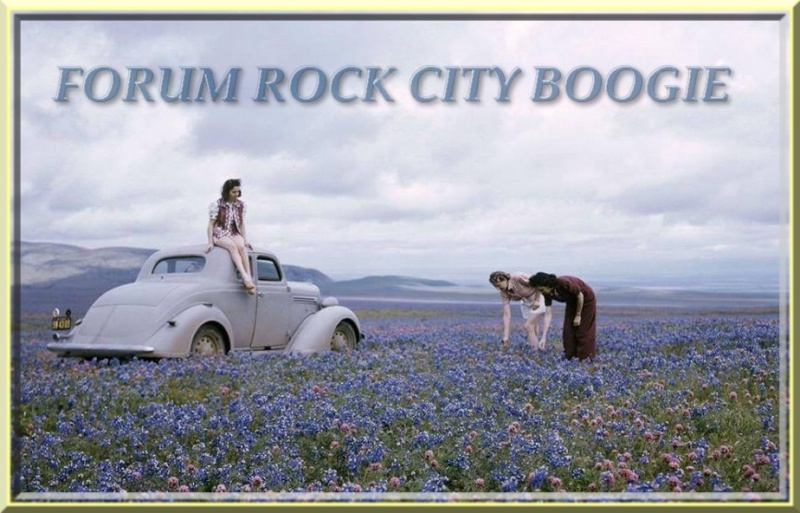The Downhomers — sometimes spelled "Down Homers" or "Down-Homers" — were an Indiana-based country & western group founded in the early to mid-'40s, who were notable for two members: yodelling lead singer Kenny Roberts and his successor, Bill Haley. Based for a time in Fort Wayne, IN, the group's membership included Roberts on vocals and guitar, Bob Mason on vocals and rhythm guitar, Shorty Cook on steel guitar, Lloyd Cornell on double bass, and Guy Campbell playing violin. Their major influence and source of inspiration was the Sons of the Pioneers, and they could sing and play up a storm, between Campbell and Cook and Roberts' yodeling, and the harmony singing of the others. The group was hired by WOWO in Fort Wayne in 1944 to do a daily show, and played on Saturday nights on the Hoosier Hop Barn Dance, which went out over the NBC radio network. Roberts left the lineup in October of 1944, the month he turned 18 and was drafted, and was absent for 13 months. By that time, the group had been signed to the American Vogue label, owned by Tom Saffady (with no connection to the French company of that name), which recorded them doing five songs. Their association with Vogue resulted in the release of a pair of 78 rpm singles that gave the group a special place in the history of record collecting, because of the label's unusual discography — Vogue had developed a process in the mid-'40s for pressing 78 rpm platters with high-quality color images, and the Downhomers' two singles were both picture-discs that eerily anticipated the similar short-lived collector's craze of the late '70s on 12" vinyl. Five months after rejoining the band, Roberts left, in April of 1946, by which time the group had moved north for a gig on WTIC in Hartford, CT. It was around this time that Bill Haley, an aspiring country and cowboy singer from Chester, PA, who had been working with the Range Drifters — and who had also appeared on the Hoosier Hop — was brought into the Downhomers lineup. Haley's tenure with the group was relatively brief, less than eight months. According to some accounts, Haley was fired for trying to break the group up and take some of his bandmates into a new version of the Range Drifters, and whatever the circumstances, by November he was gone; he also reportedly took Cornell and Mason with him into a new version of the Range Drifters, while the Downhomers were left with a lineup of Cook, Campbell, Slim Cox, Rusty Rogers, and Hank Gunder. They lasted into the end of the '40s, and at one point, Haley even tried to rejoin when his own group's fortunes dried up. It's principally because of Haley's presence in the group during the spring and summer of 1946, and his subsequent fame from the mid-'50s onward, that the Downhomers four official recordings, and a brace of transcription and demo discs that feature him, have attracted rather outsized interest from musicologists and critics, as well as a far bigger fan base than anything the group itself ever enjoyed at the time. Most recently, these sides have shown up on the 2006 Bear Family Bill Haley collection The Real Birth of Rock N Roll Arrives: 1946-1954....... https://www.youtube.com/watch?v=jC0JWz2F29U&feature=related





